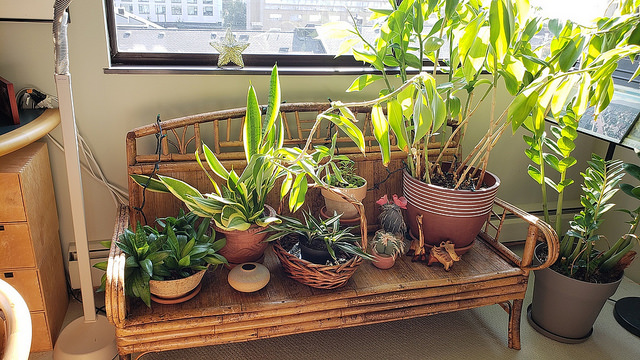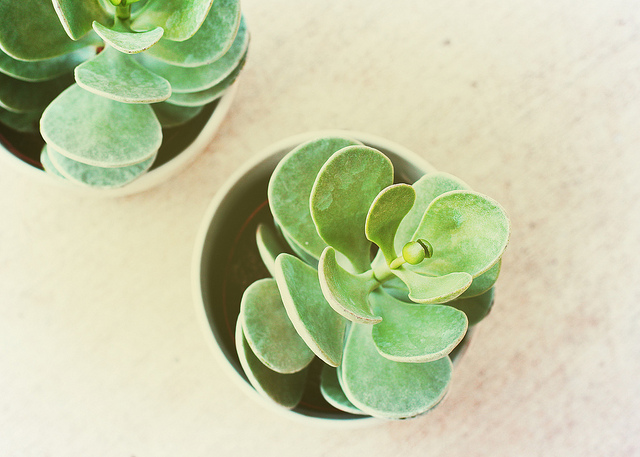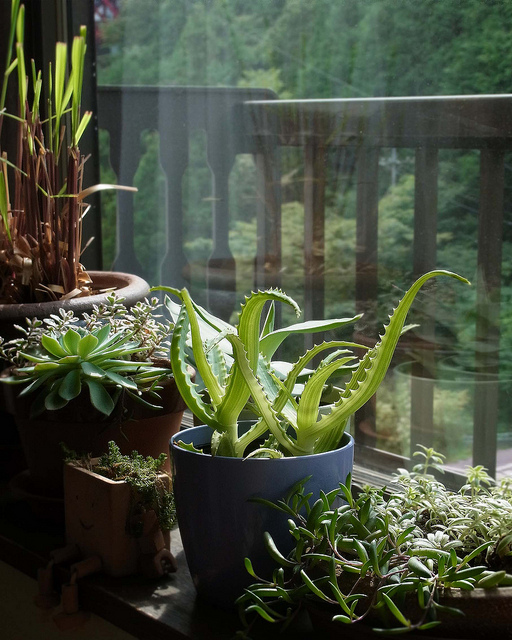
Stop Wasting Money On: Candles!
There’s nothing quite so satisfying as the look of a brand new candle, the wick still perfectly white and unsinged, the wax unblemished and smooth. You bring it up to your nose and inhale a perfect blend of aromas–it evokes a memory, an emotion, a sense of wellbeing. Okay, okay, that’s a bit dramatic–but candles are kind of my crack (one of my many cracks, actually). Sadly they can be outlandishly expensive for seemingly no reason.
I picked up a candle at Bath and Body Works the other day and you know how much that puppy was??? $24.50. For a lump of perfumed wax. That’s insanity, and quite frankly and irresponsible use of your hard earned cash.
One could argue that the best way to cut costs when it comes to candles is to just, you know, not buy candles. They’re not technically an essential item. But they are a fun little luxury that can make a room smell amazing and set a mood, so let’s let candles be a part of our lives–just not an extraneous expense!
Let’s talk alternatives:
Make Your Own
The art of hand crafting candles does make for a fun hobby. It can also greatly reduce your candle costs in the long run if you keep up with the practice and are economical about it. I will admit that the start up costs can be a little pricey since candle making requires some additional equipment you may not just have lying around (wicks, double boiler, wax, etc.) It can also just be a lot of work.
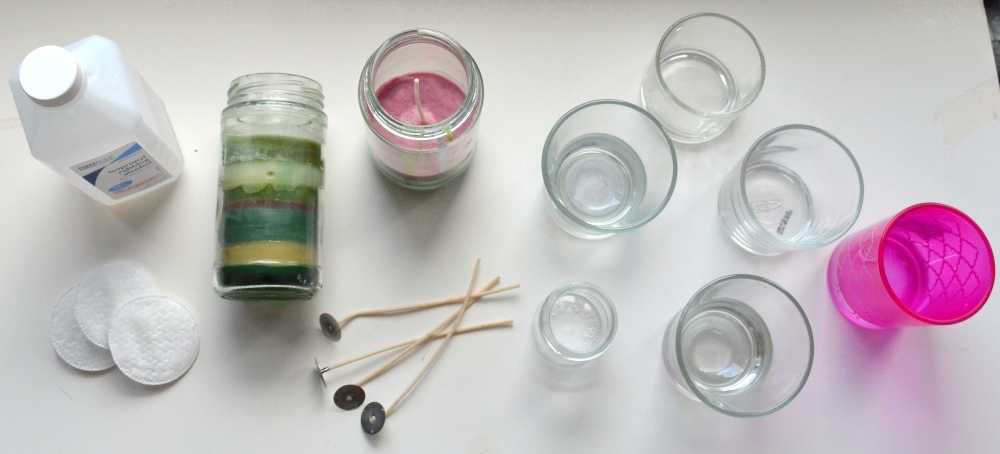
That being said, there are a few different techniques for candle making, some easier and cheaper than others. Here’s a link to a traditional candle making tutorial, and here’s a link to a “candle making hack” video that teaches you how to make new candles from your old ones.
Buy Secondhand
A candle may seem like an odd thing to purchase secondhand, but I would argue that it’s less strange even than secondhand clothing–a candle has never been on somebody’s body, am I right?
The only annoying thing about buying used candles is that they’ve been previously burned, so they don’t look as pretty as new ones. But you’re going to be burning them anyway, so it doesn’t matter anyway.
Used candles are also extremely cheap, typically, because they lose a large percentage of their value just by being burned one time. I’ve found candles for less than 99 cents at Goodwill, and if they’re not on the 25 cent table, half-burned candles are a frequent flyer item in yardsale free bins. One time a lady foisted four used candles on me at her garage sale with the purchase of something entirely unrelated. Those are some of my favorite candles to date.
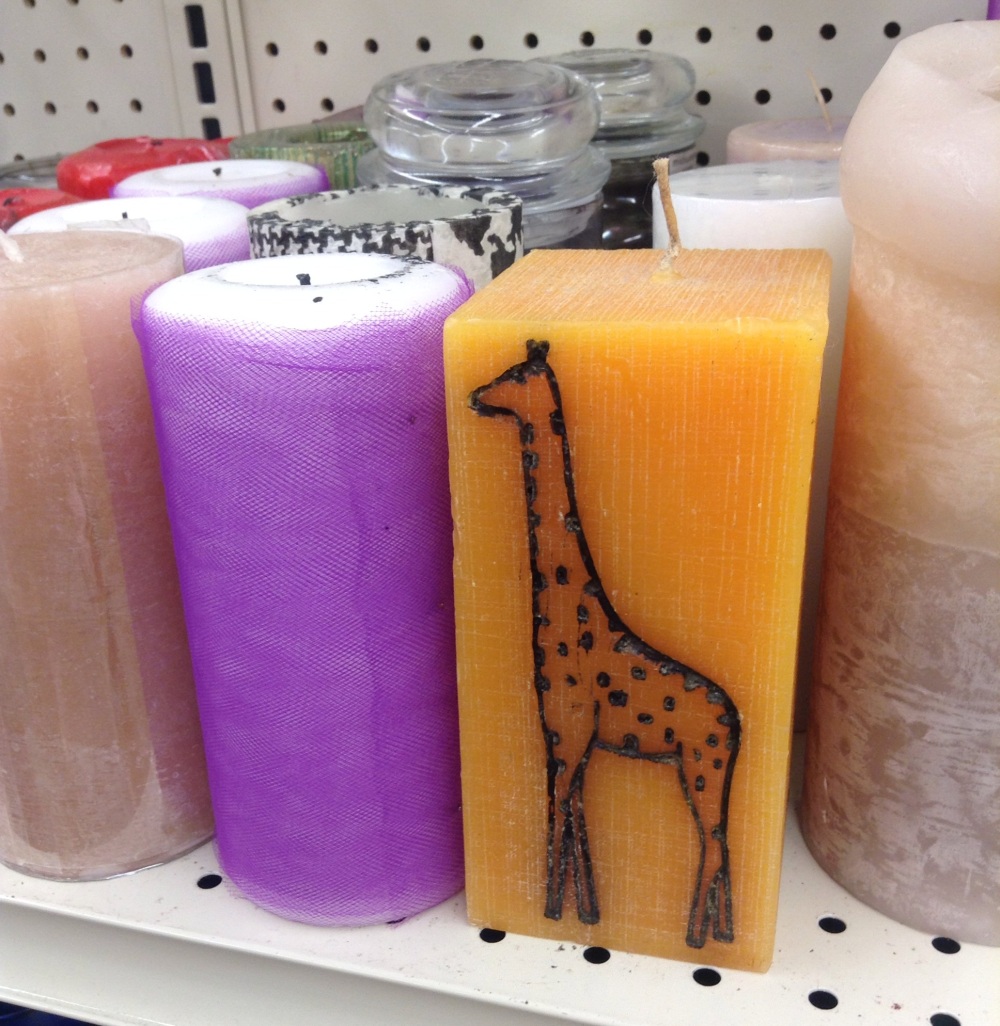
If you’re just not sold on buying used candles to burn as-is, you still might consider buying the candles for their wax and containers, and repurposing them by melting down the wax to make your own, and using the containers either for new candles, or other things.
Just Buy Cheap Ones!
Contrary to what certain brands might have you believe, not all candles have to cost an arm and a leg. So let’s talk about cheap candle alternatives to those overpriced White Barn, BBW, and Yankee candles (yes, I did just call all of those brands out–they’re trying to snooker us!)
The places I like to go for the best cheap candles are Ross, Marshall’s, and Gabe’s. Oftentimes, you can even find some of those name brand candles in these types of stores, because they liquidate their out of season stock to discount retailers. If you don’t care about brands though (like moi) and are looking more for cute packaging and unique scents, then these discount stores are the place for you! I have found the absolute cutest inexpensive candles at all three of these stores, (but especially at Ross in my experience).

The fun thing with these stores too is that they typically stock all their candles together on a huge shelf so you get to dig through dozens and dozens of totally unique candles for as long as your heart desires. One of my favorite odd brands that I’ve discovered while doing this is a candle company called Bloom and Prosper. Their scents are strong and their small candles last surprisingly long. Plus, their packaging is to die for.
Of course, the risk you run with cheap candles is that the fragrance might not be as penetrative, meaning it won’t fill up a room quite as well as a more expensive kind.
Cheaper candles are also often smaller, but I would argue that a smaller candle is better, because I know for me personally, I can tend to get bored of candle scents after a while, plus I have better luck avoiding the dreaded candle sinkhole with smaller candles because their surface areas melt quicker and more evenly than large candles.
There are plenty of ways to add to your never-ending candle collection without breaking the bank–and like any collection, it’s more fun to hunt for inexpensive versions of the item you love than to take the easy route and just buy the expensive name brand! I hope these three alternatives give you some new ideas for your own candle obsession.
